State Savings Bank - Photos
State Savings Bank

The State Savings Bank building stands on ground that was included in the stockade which surrounded Fort Lernoult, later called Fort Shelby, the English fort that was erected in 1778 - the soaring main room with its 35-foot ceilings has been largely restored to its original glory.

The State Savings Bank Building as seen from Fort St. in March 2023

The three-story Neoclassical structure features a white marble exterior with bronze window units. It is located in the heart of the financial district of downtown Detroit and is one of the lowest buildings in an area of other monumental banking halls and high-rise commercial structures.
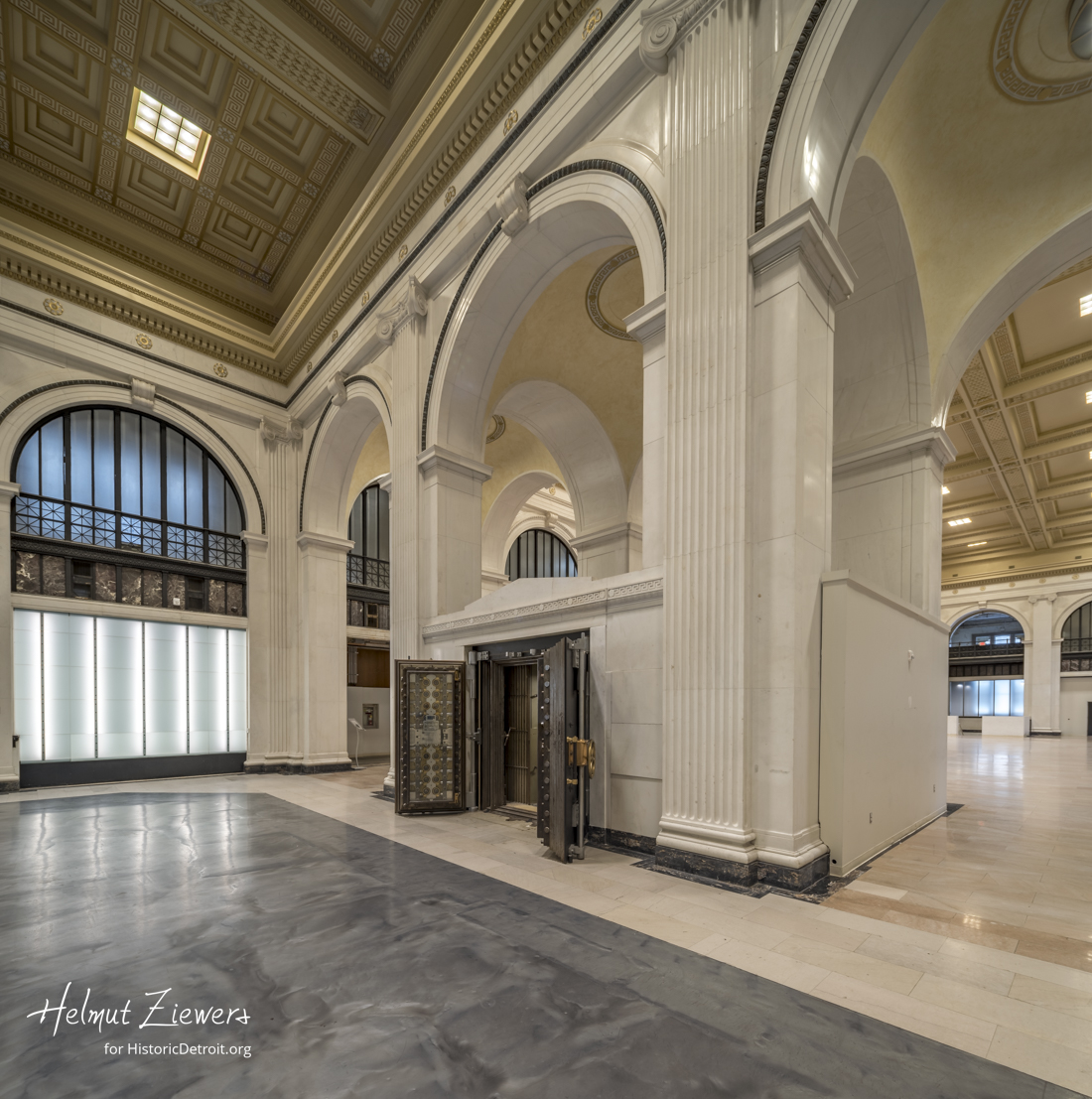
The State Savings Bank was organized in 1883 with David Hamilton as its first president.

When it purchased the site on the southeast corner of Fort and Shelby for $17,500 in 1898, State Savings Bank was already the largest bank in Detroit. Here's a view from the main entrance on W Fort St.

McKim, Mead and White, the pre-eminent Beaux Arts architectural firm from New YorkCity was chosen to construct the marble Neo Classical State Bank Building, which was completed at an estimated cost of S200,000 in 1900.

In 1907 the Peoples Savings Bank merged with the State Savings Bank to form the Peoples State Bank, with George H. Russel as president.

The Peoples State Bank had been established in 1871 by wealthy financier and real estate investor, Francis Palms. Palms was the patriarch of an important Detroit family noted for their elaborate early twentieth century building projects.

The new Peoples State Bank made its home in the old State Bank Building. But by 1915, the Peoples State Bank had outgrown its quarters on the-corner of Fort and Shelby. The Detroit architects Donaldson and Meier, who oversaw the construction of the original building, were commissioned to design a harmonious addition that more than doubled the size of the original building.

In 1928 the largest bank merger in the history of the state up to that time took place between the Peoples State Bank of Detroit and Wayne County and Home Savings Bank. They consolidated operations to become Peoples Wayne County Bank. Peoples Wayne County Bank had a branch system of 92 offices and $313,117,236 in resources.

Peoples Wayne County Bank was dissolved during the Depression, and in 1943 the old State Savings Bank building with its 1915 addition was taken over as the home office of the Manufacturers National Bank which it remained until 1979.

Edsel B. Ford, the founder of Manufacturers Bank in 1933, chose its name. Some others associated with Mr. Ford's bank were Wesson Seyburn, John Ballantyne, and Charles H. Hodges. Because the move to the old State Savings Bank building took place during wartime, few alterations to the interior occurred because of the need to conserve building materials.

The State Bank building had been in continuous banking use for 80 years until the structure was acquired by 151 Partnership for use by Silvers, Inc., an office supply company.

The new firm had sensitively rehabilitated the structure for use as an office supply showroom without altering its important architectural features.

The original bank vault.

The original bank vault.

The following pictures show the restoration status of the former office areas on the second floor which overlook the lobby similar to a mezzanine.

Corridor along the adjacent Penobscot buildings
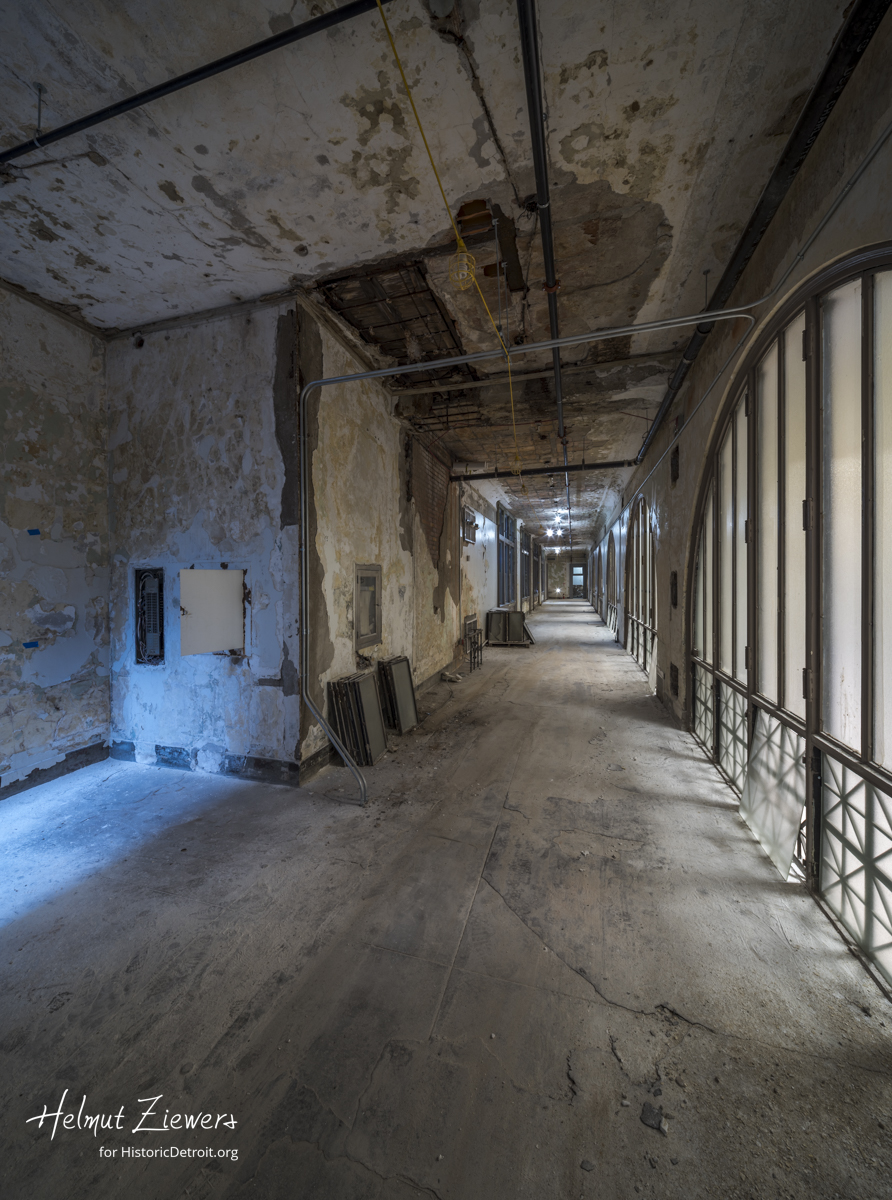
Corridor along the adjacent Penobscot buildings


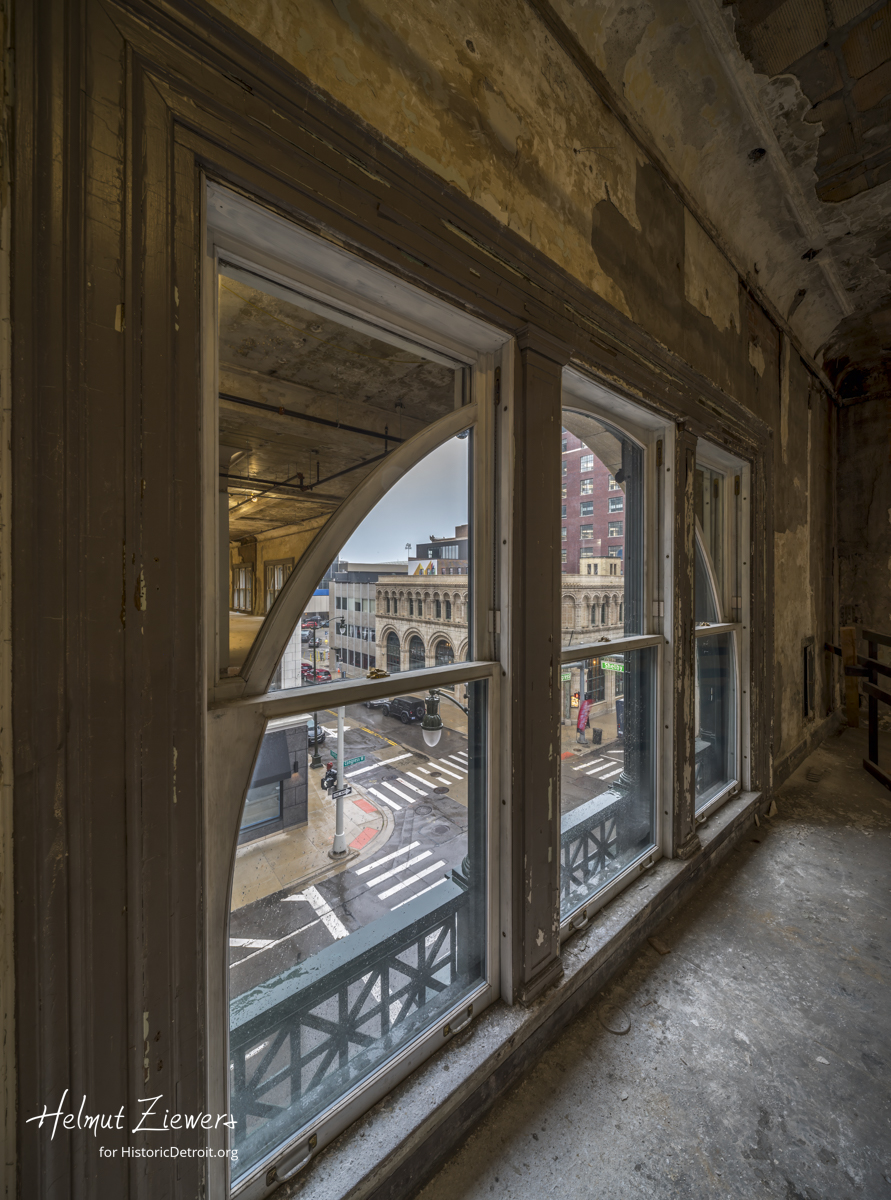


Corridor along the adjacent Shelby St.

Corridor along the adjacent Shelby St.


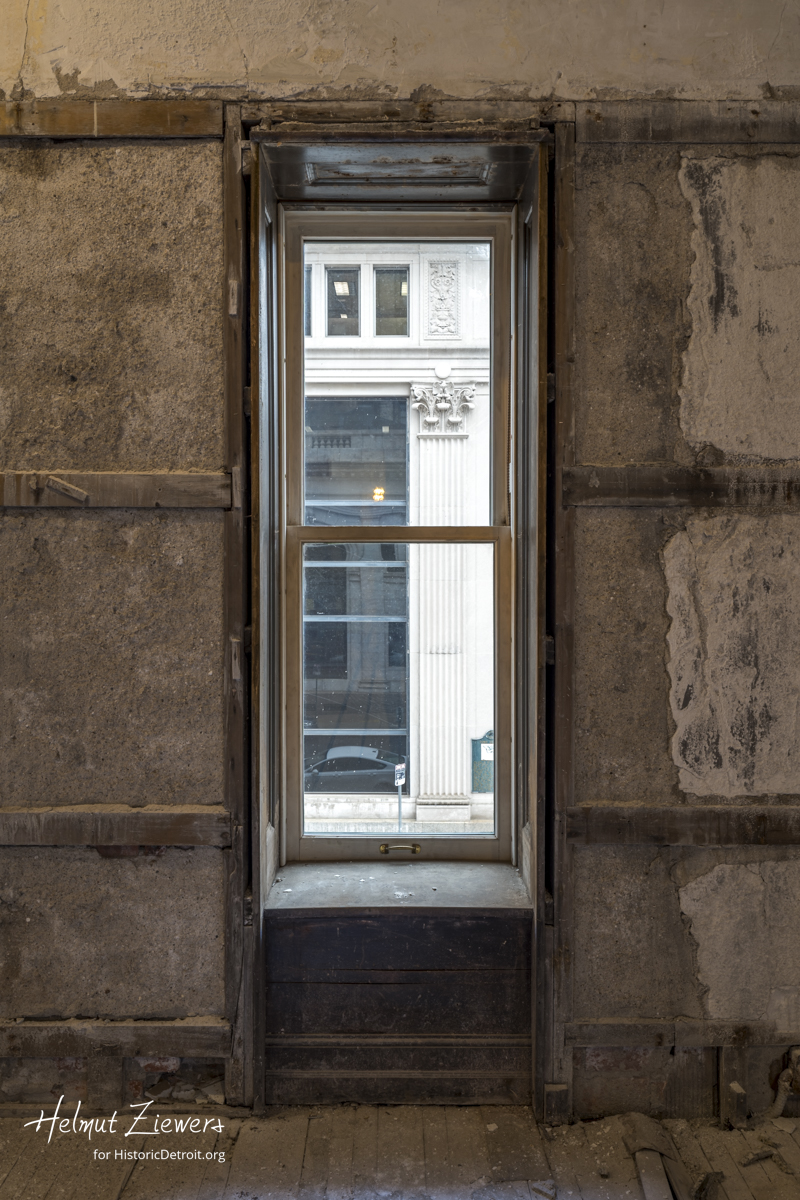
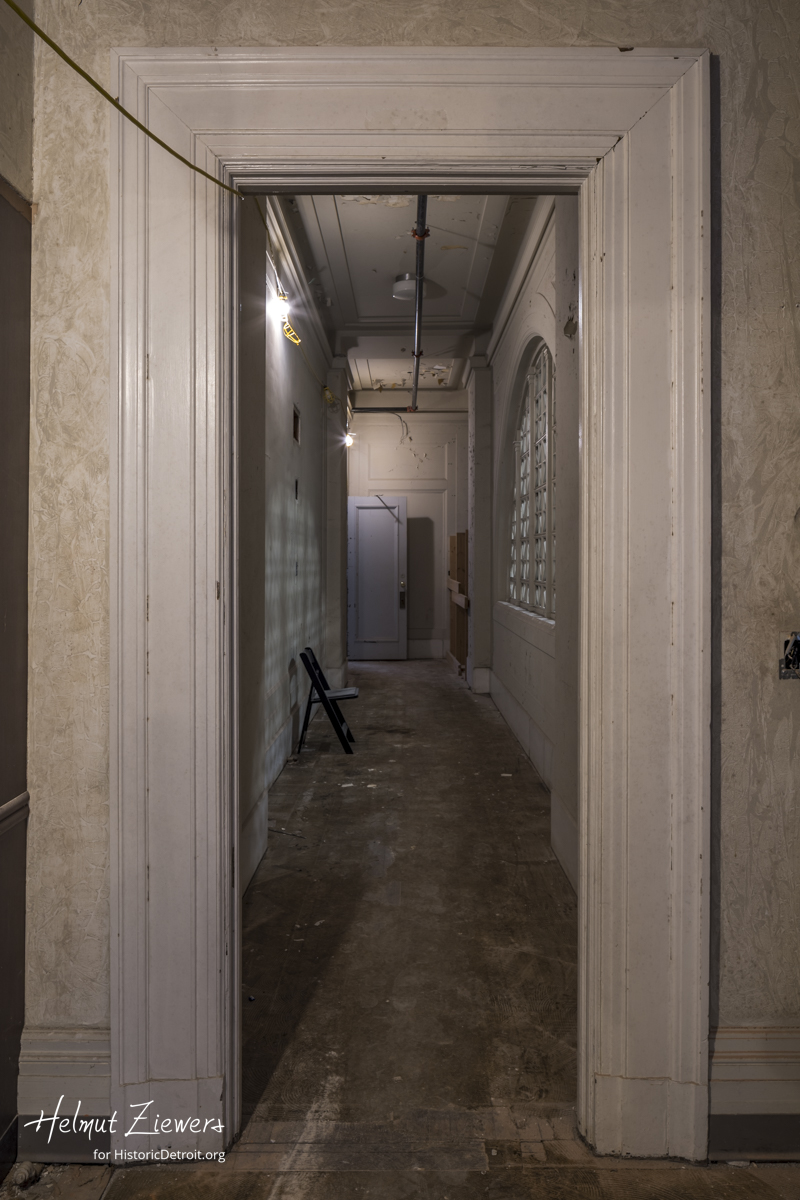

Staircase detail

Staircase detail.

The ceiling inside the bank’s vestibule

View from inside through the bank’s vestibule on W Fort St.

The backside of the bank's original vault.

A view from above the main entrance

Detroit, Fort Street in Downtown - From left to right: 1) former Federal Reserve of Chicago branch, 2) Dime Building (aka Chrysler House), 3) Cadillac Tower (center left), 4) First National Building, 5) National Bank of Detroit Building, 6) Greater Penobscot, 7) Penobscot (first), 8) State Savings Bank - Photo from November 16, 2024